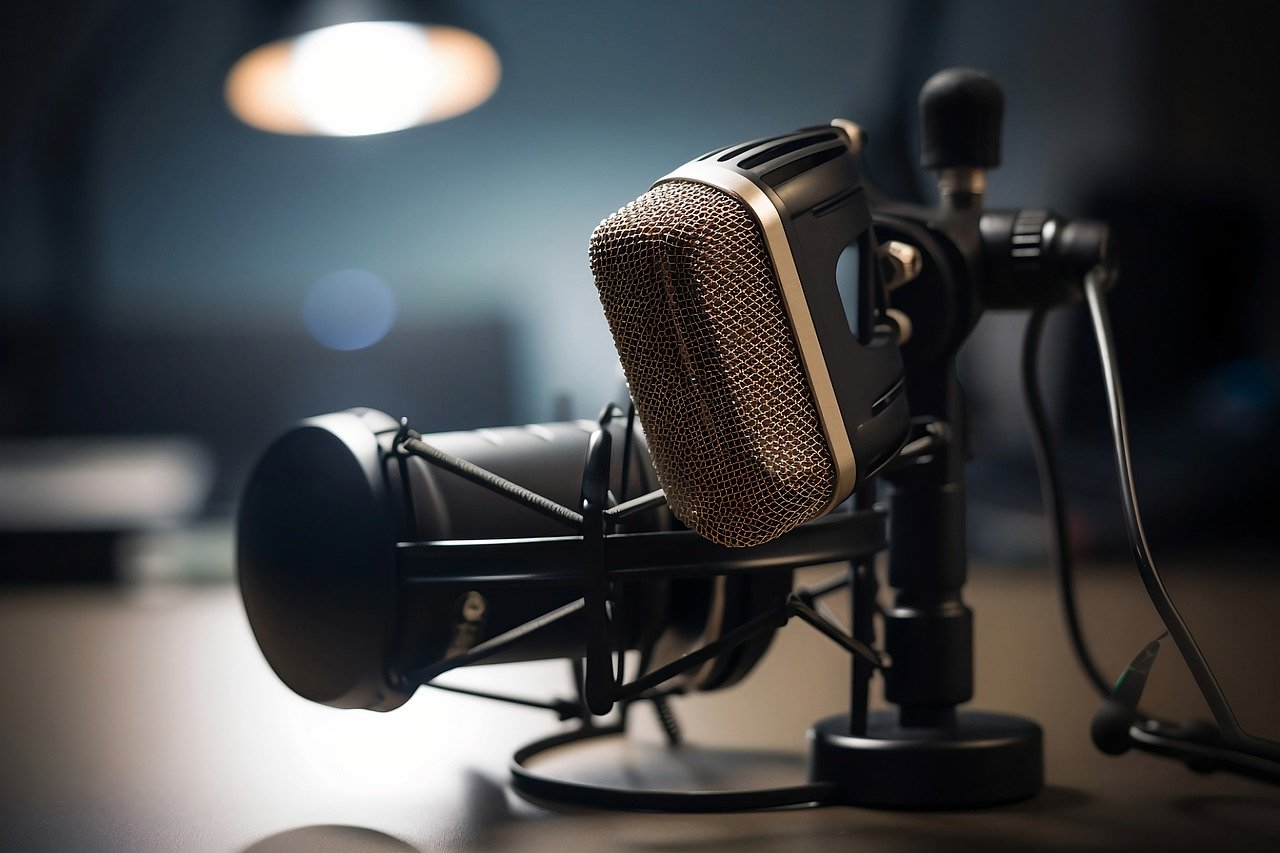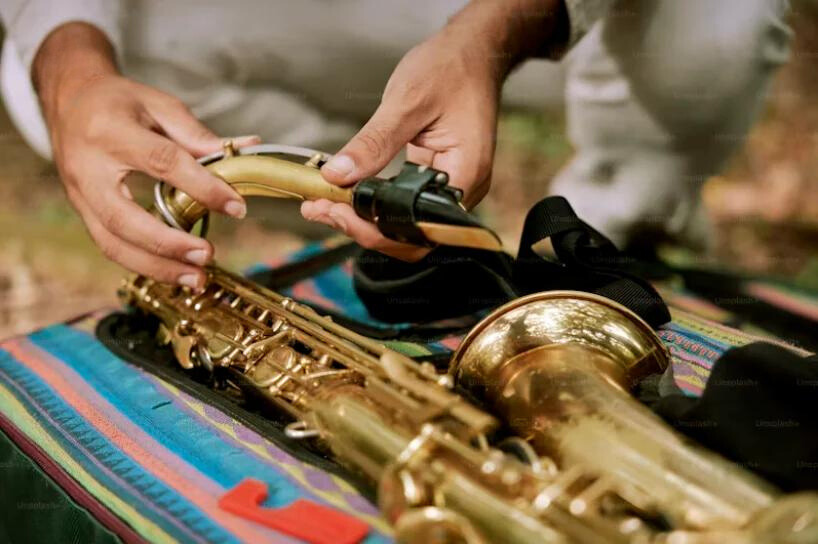The history of the saxophone
The history of the saxophone is a fascinating story of innovation, sonic exploration, and musical fusion. While it doesn't boast the centuries-long history of instruments like the violin or piano, it profoundly changed the musical world in a relatively short time, especially within jazz, popular music, and military bands.
Here are the main stages and key points in saxophone history:
-
The Inventor & Birth (c. 1840):
-
Key Figure: Adolphe Sax, a brilliant Belgian instrument maker (born 1814 in Dinant, died 1894 in Paris). He came from a family of instrument makers; his father was the instrument maker to the Belgian court.
-
Motivation for Invention: Sax observed problems with tonal balance in orchestras and military bands of his time. Woodwind instruments (like clarinets, oboes) and brass instruments (like trumpets, trombones) had distinct timbres, lacking an instrument to effectively bridge the gap. Also, low brass instruments often lacked sufficient power for outdoor performances.
-
Design Concept: He aimed to create a new instrument combining the agile fingering of woodwinds (especially the Boehm system of the clarinet) with the powerful volume and projection of brass instruments.
-
Key Design Features: Sax used a single-reed mouthpiece (similar to the clarinet and sarrusophone) and a conical metal body (similar to the ophicleide), applying the Boehm key system.
-
Naming & Patent: On June 28, 1846, Adolphe Sax patented his family of "saxhorns" (comprising 14 models of different sizes and keys) in Paris, France. This date is widely considered the saxophone's official "birthday." The instrument was named after its inventor.
-
-
Early Development & Promotion (1840s-1850s):
-
Adoption by Military Bands: With its powerful, projecting, and cohesive sound, plus its wide range, the saxophone was quickly adopted by French and other European military bands. It significantly improved their overall sound and tonal blend.
-
Attempts in Classical Music: Adolphe Sax actively promoted the saxophone for the classical orchestra. Some composers (like Berlioz, an early supporter) wrote for it, and Sax established a saxophone class at the Paris Conservatoire (1857). The saxophone was also used in opera (e.g., Bizet's L'Arlésienne) and sacred music.
-
Initial Resistance: The saxophone faced resistance in classical music. Traditional orchestras were conservative towards new instruments, and rival instrument makers launched malicious lawsuits and slander campaigns to stifle the invention. Ultimately, the saxophone did not become a standard instrument in the 19th-century orchestral repertoire.
-
-
Quiet Period & Persistence in Military/Light Music (Late 19th - Early 20th Century):
-
Adolphe Sax faced financial hardship and legal battles in his later years. After his patent expired (1866), other manufacturers began mass-producing saxophones.
-
While excluded from mainstream classical orchestras, the saxophone found a solid place in military bands, light music ensembles, dance hall bands, and ragtime bands. Its sound was well-suited to these contexts requiring expressiveness and volume.
-
4.Rise to Prominence & Golden Age in Jazz (1910s-1940s):
-
-
Pivotal Turning Point: The saxophone's true "golden age" began with the rise of jazz in the early 20th century. Early jazz bands in New Orleans began incorporating saxophones (especially alto and tenor).
-
Perfect Fit: The saxophone's rich expressiveness – capable of lyrical, singing melodies, passionate improvisations, raspy growls, and nimble fast passages – made it the perfect vehicle for jazz improvisation and emotional expression.
-
Iconic Figures: Masters like Sidney Bechet (soprano sax/clarinet), Coleman Hawkins (tenor sax), Lester Young (tenor sax), and Johnny Hodges (alto sax) established the saxophone's central role in jazz.
-
Big Band Era: During the Swing Era (1930s-40s), large jazz bands typically featured full alto, tenor, and baritone saxophone sections. The sax section became the backbone of the band's sound and a crucial element for melody and harmony. Sax sections in bands led by Benny Goodman, Glenn Miller, and Duke Ellington became legendary。5.Modern Development & Diversification (1950s - Present):
-
Bebop and Beyond: The bebop revolution, led by Charlie Parker (alto sax), pushed saxophone technique to new heights. Subsequently, hard bop, modal jazz, free jazz, and other styles produced great saxophonists (e.g., Sonny Rollins, John Coltrane, Ornette Coleman).
-
Popular Music & Rock: The saxophone played a key role in Rhythm & Blues, Soul, and Funk, often delivering iconic solos or riffs (e.g., King Curtis, Junior Walker). In rock music, from early rock 'n' roll to glam rock and blues rock, the sax frequently appeared as a featured solo instrument (e.g., Clarence Clemons in Bruce Springsteen's E Street Band).
-
Film Music: The saxophone (especially alto and tenor), with its romantic, sensual, melancholy, or urban sound, became a staple in film scores (particularly for jazz-influenced or emotionally intense scenes).
-
Classical Revival: From the mid-20th century onwards, more modern classical composers began writing solo, chamber, and concerto works for the saxophone (e.g., Glazunov, Ibert, Demersseman). Professional saxophone quartets (e.g., Rascher Quartet, Rova Saxophone Quartet) also dedicated themselves to promoting classical and contemporary saxophone music.
-
Materials & Manufacturing: Modern saxophones are primarily made of brass, finished with silver plate, gold plate, or lacquer. Professional instrument manufacturing continues to advance (e.g., brands like Selmer - France, Yamaha - Japan, Yanagisawa - Taiwan). Choices of reed (usually cane) and mouthpiece (material, chamber design) significantly impact the sound.
-
-
-







